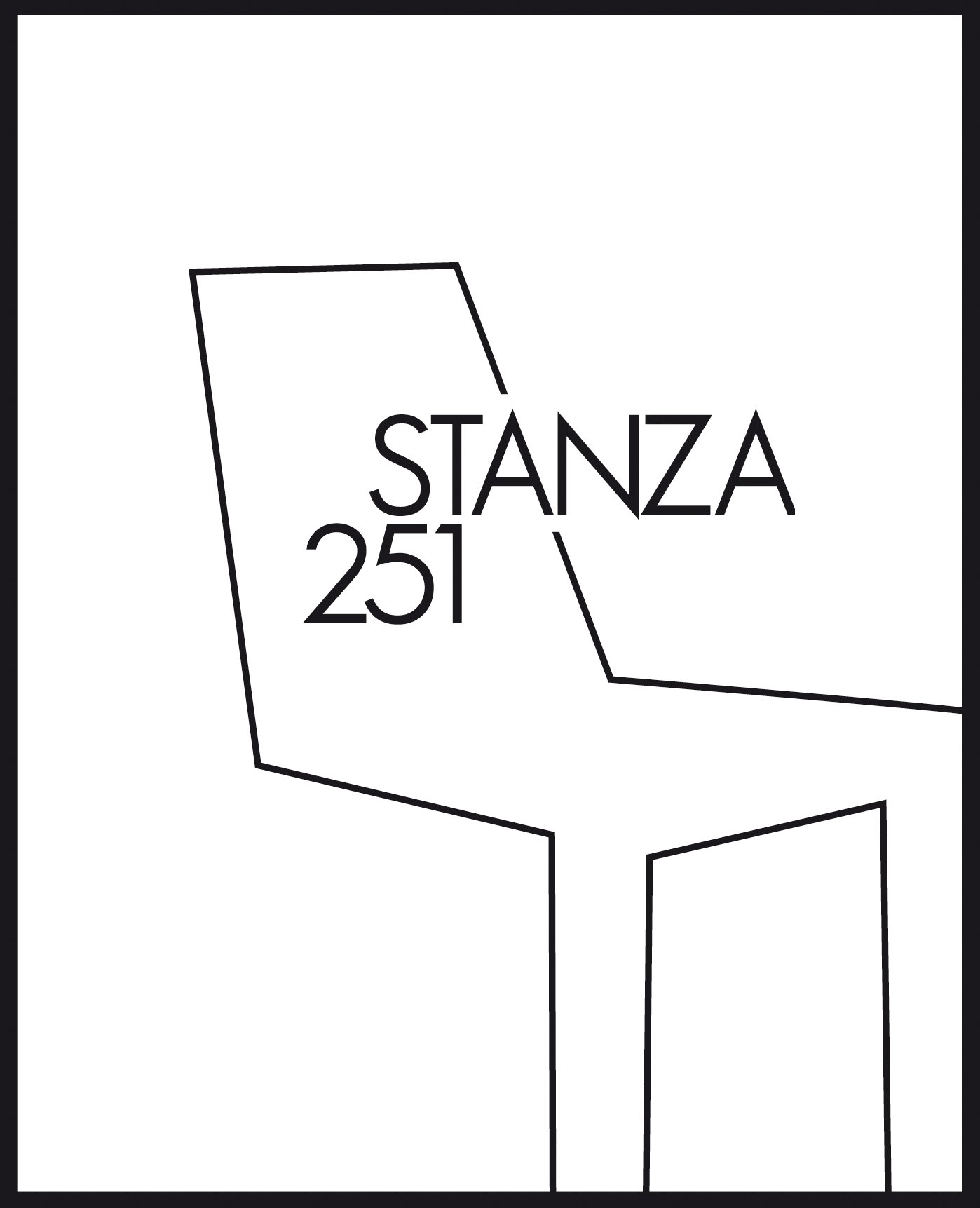Blue Max's Hotel Period
Max Beckmann handled brushes and pencils as well as Rembrandt and Picasso, but the biggest bucks and brightest spotlight eluded him because his work was suffused with horror.
He'd seen horror up close as a medic in WW1.
Beckmann spent the 1920s drinking champagne in hotels around Europe. He observed high society from within, and saw shadows of what'd happened in the trenches, and what’d caused it. Men in evening dress lurk sinister in these scenes, Beckmann among them. He didn't spare himself the surgical gaze.
Beckmann's hotel odyssey became a book, and then a play, Das Hotel. Manager Zwerch, a self-portrait in dramatic lines, winds up murdering two women.
Adolf Hitler didn't think Beckmann was such a great artist.
Nazis made things hot for Beckmann while WW2 brewed in their maniacal leader's mind.
Beckmann moved to the United States, and became a professor. He died in New York in 1950, of a heart attack, while he was on his way to look at old paintings in the Metropolitan Museum.
His disquieting portrait of two saxophones at rest after a wild party still hangs in a Frankfurt museum. A pair of black O's, blind eyes that shriek soundlessly at whoever's still around to look at them.
***
Beckmann negli Hotel
Max Beckmann con pennello e matita era bravo quanto Rembrandt e Picasso. Le cifre astronomiche e la gloria universale comunque lo elusero, perché le sue opere sono soffuse d'orrore.
Aveva visto da vicino l’orrore, come attendente medico nella Prima Guerra Mondiale.
Beckmann passò gli anni 20 a bere champagne nei grandi alberghi d'Europa. Osservò da dentro l'alta società e vide ombre di ciò che era successo nelle trincee.
Uomini in frac incombono sinistri, Beckmann tra loro. Non si risparmiò dal suo sguardo chirurgico.
L'odissea hoteliera divenne un libro, poi una commedia. Il Gestore Zwerch, un autoritratto in battute, uccide due donne.
Adolf Hitler non lo stimò un grande artista. Il maniaco gli fece terra bruciata attorno mentre tramava la Seconda Guerra Mondiale.
Beckmann si rifugiò negli Stati Uniti e divenne professore. Morì d'infarto a New York nel 1950, mentre andava a contemplare dei vecchi quadri appesi nel Metropolitan Museum.
Il suo ritratto di due sassofoni a riposo dopo una scatenata festa è appeso in un museo di Francoforte. Uno paio di O neri, occhi ciechi che urlano silenzio a chi è ancora presente per guardarli.












